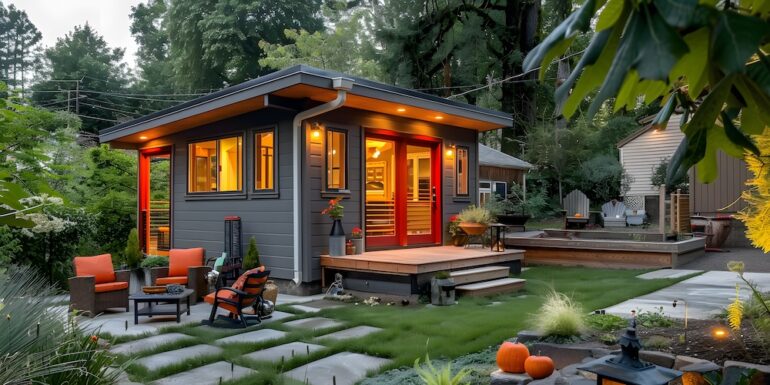Homeowners sometimes construct extra living spaces on their homestead properties, known as accessory dwelling units (ADUs). They may do so within their primary homes or build separate structures. These additions create areas for hosting guests or housing family members. Is an ADU right for your situation?
Accessory dwelling units: beginning of the boom
ADUs are sometimes called granny flats or mother-in-law suites. They may be called guest cottages or casitas if they are separate from the main home.
An ADU may be a converted garage, attic space, or even an added room in the main house.
Whatever the configuration, an ADU has these characteristics:
- It has a kitchen, living area, bath, and separate entrance from the main house.
- It usually uses the same utility lines as the main house.
- The ADU cannot be sold separately from the main house.
How are they used?
An ADU is used to accommodate guests or as a residence for another family member, particularly an elderly parent who cannot live independently. In the age of Airbnb and VRBO, many owners use ADUs as short-term rentals.
Steps to Create Your ADU
Here’s how you should approach developing your ADU:
- If you have one, research local zoning laws, building codes, and your neighborhood HOA. Learn the regulations on ADUs. Starting construction without research could cost you significant fines and wasted dollars for a project facing legal hurdles.
- If you get the green light, consider the available space within your home or in a separate structure.
- Factor in the additional parking needed for another vehicle on the property.
- Another zoning law may require you to live on the property if you intend to rent the ADU.
- Sketch out the floor plan you have in mind, then get referrals on three possible builders. Read reviews and ask each for a construction bid, terms for payment, and a copy of their bonding and liability insurance. Don’t skip these steps. They are essential protections for you.
- Plan how you will adjust to life during construction, whether the job is inside your main home or involves construction vehicles taking up outdoor living and parking space.
Related – The Three Ms: Modular, Mobile, and Manufactured Housing


